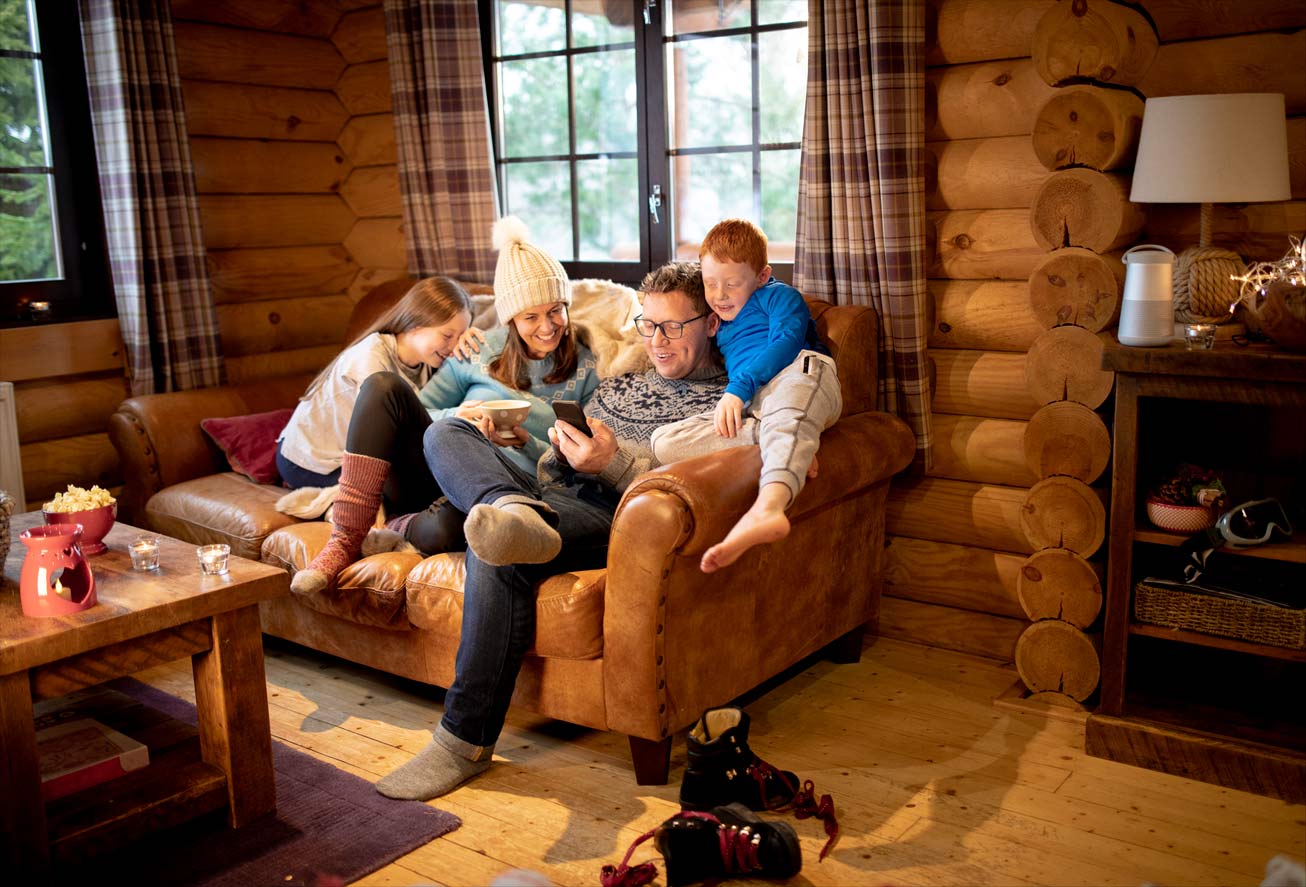
Easter vacation is when one tenth of Norwegians head for the hytter– cabins that dot the countryside—on a lake, a mountain, the coast or in the forest. Many will spend their time skiing, and others go hiking in remote areas.
Historically, hytter have been a place to enjoy the simple life and focus on kos (a cozy sense of togetherness) and nature. The more rustic the setting, the better. A hytte might not have running water, a paved road, or electricity. The modern hytte, also dubbed a hyttepalass (cabin palace) may include far more creature comforts, such as indoor plumbing, refrigeration and heat.
According to Statistisk sentralbyrå (SSB)—Statistics Norway, the statistics arm of the Norwegian government—there are 445,513 hytter in Norway as of 2022.
Where are these hytter, who owns them, and which fylke has the most?
Innlandet is the county containing by far the most hytter- a whopping 90,000, followed by Viken with 83,000 and Trøndelag with 53,000.
Who owns them? 57% of all Norwegian hytter are owned by men over 60, according to Statistisk sentralbyrå (SSB) [Statistics Norway].
There are also turisthytter (tourist cabins) which are usually owned by nonprofit organizations and available for use by anyone. Snl.no writes that Den Norske Turistforening (DNT, or the Norwegian Trekking Association) owns the highest number of hytter in this category, around 500.
There are 45 towns that have more cabins than year-round citizens, with Vinje in Telemark and Hol in Hallingdal topping the list with roughly 3,000 more cabins than residents, according to estatenyheter.no.
How much are Norwegians spending on their hytter? Finansavisen.no writes that Norwegians have spent NOK 200 billion, or USD 21.9 million on their cabins.
Whether visiting a rustic hut or a grand getaway, it is customary to sign the hytteboka, a guest book in which guests record details of their stay.
